With Steelcase having reopened its refreshed WorkLife Showroom in Singapore this year, we spoke to Navedita Shergill about some key workplace macro shifts identified in their research.
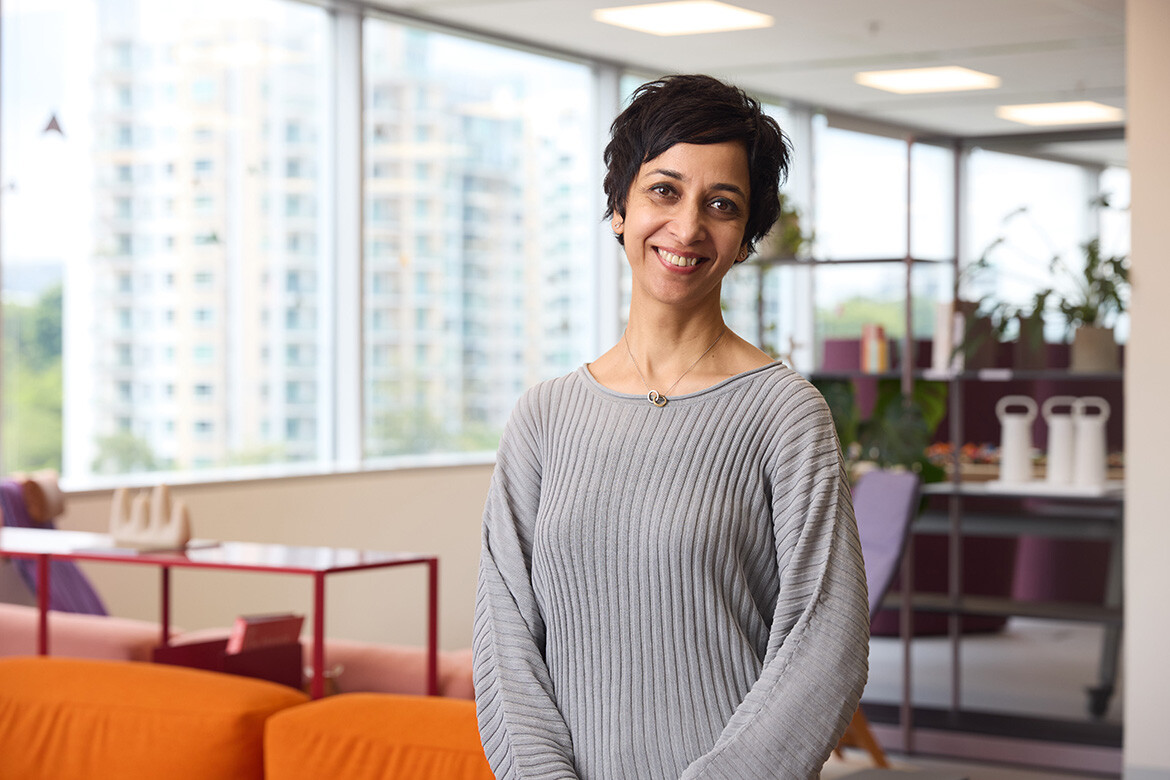
October 28th, 2025
With a background in sociology and anthropology, Navedita Shergill brings a wide perspective to her role in as APAC Director, Product Marketing at Steelcase. This year, Steelcase reopened its immersive WorkLife Showroom in Singapore, designed to showcase flexibility, wellbeing and community in the context of the future of work. The showroom aims to embody Steelcase’s very own research on macro workplace shifts and its holistic ‘neighbourhoods’ approach – more on which later.
“I have always been interested in people and culture, and what makes things happen in community and spaces,” says Shergill, who also brings communications expertise to the role. “I’ve had the opportunity to work in many different cultures and organisations, all of whom have put insight into consumers at the centre of what drives success.”
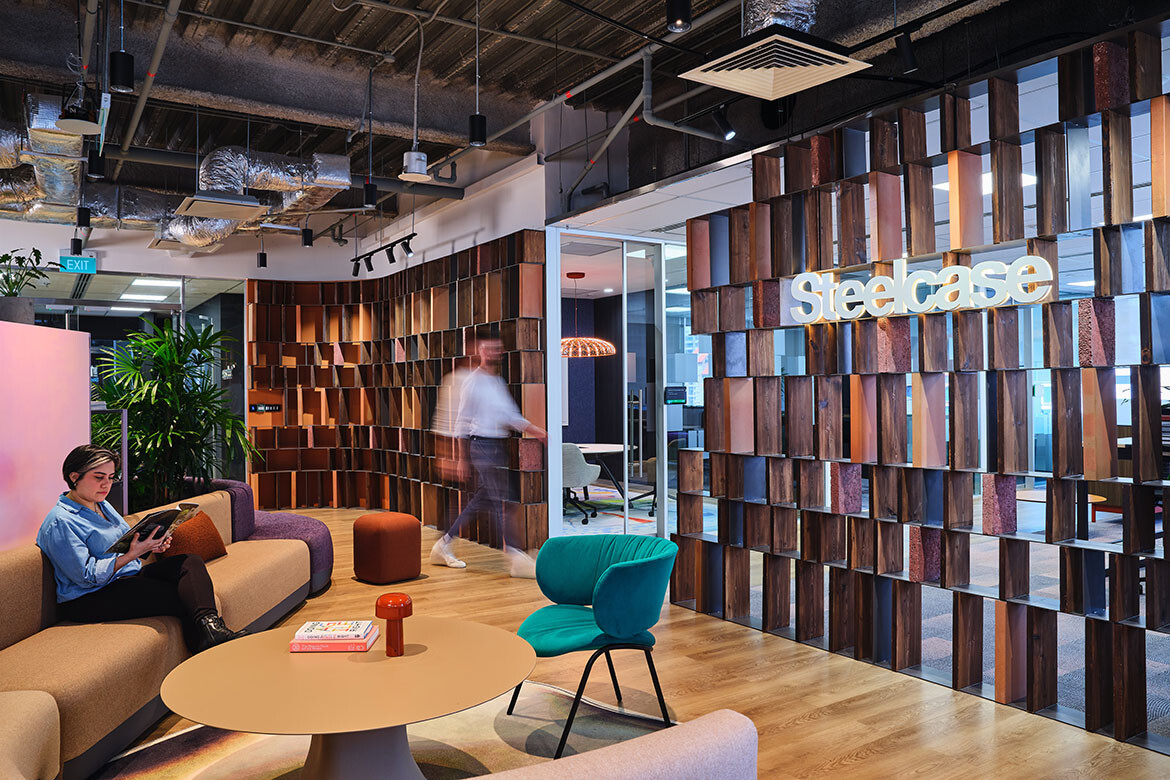
Understanding Steelcase’s approach perhaps begins with a simple truism: that the workplace is changing. “It just feels like ever since the pandemic, the world – and definitely the world of work – has changed in hugely dramatic ways, and it absolutely has. But it may also be that we’ve been chipping away at this with everything that’s digital for a while, and then [the pandemic] just accentuated a lot of it.”
Steelcase has distilled some of its research-driven findings on workplace into a number of big themes. The four macro shifts identified as fundamentally reshaping work are: ‘Living on Screen’, the preponderance of digital interactions and remote meeting participants; ‘AI Supercycle,’ as 75 per cent of employees use it daily; ‘Sustainability Mindset,’ with companies are doubling down on climate goals; and ‘Wellbeing Urgency,’ where people expect employers to support both mental and physical wellbeing.
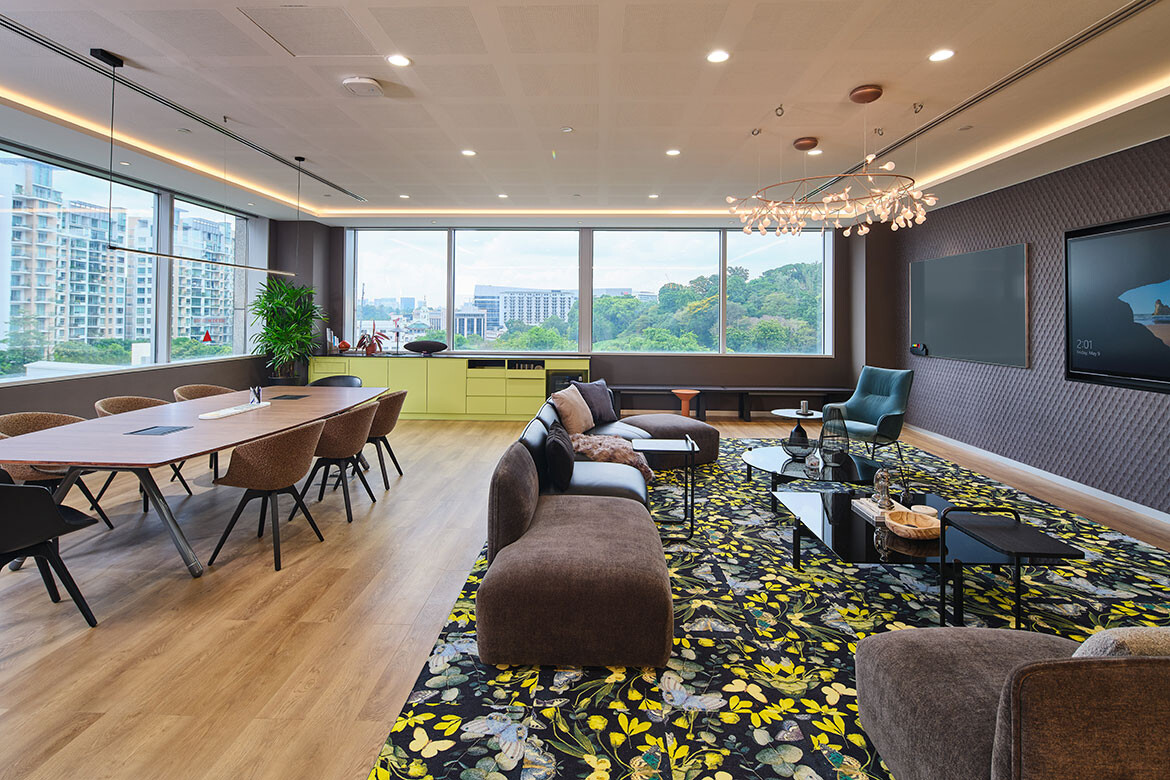
“How do you create this hydrid-ready moment for individuals, who now have to talk to people remotely – while still keeping them engaged and still keeping the space healthy for everybody?” Shergill asks in relation to the Living on Screen theme.
As for AI, Shergill notes that their research indicates a high level of use across all kinds of industries. “Two-thirds of people are using AI tools to work in different ways, and this definitely means that it’s embedded in everything you do,” she says. “Spaces will need to evolve and morph to support this new work. We find that now, more than ever, there’s this pull and push, or this balance that you need to strike between personal spaces, where people can focus, and focus spaces where people can connect and collaborate. This kind of balance, I think, is becoming really important to get right.”
Related: Jamileh Jahangiri on the Murcutt Symposium
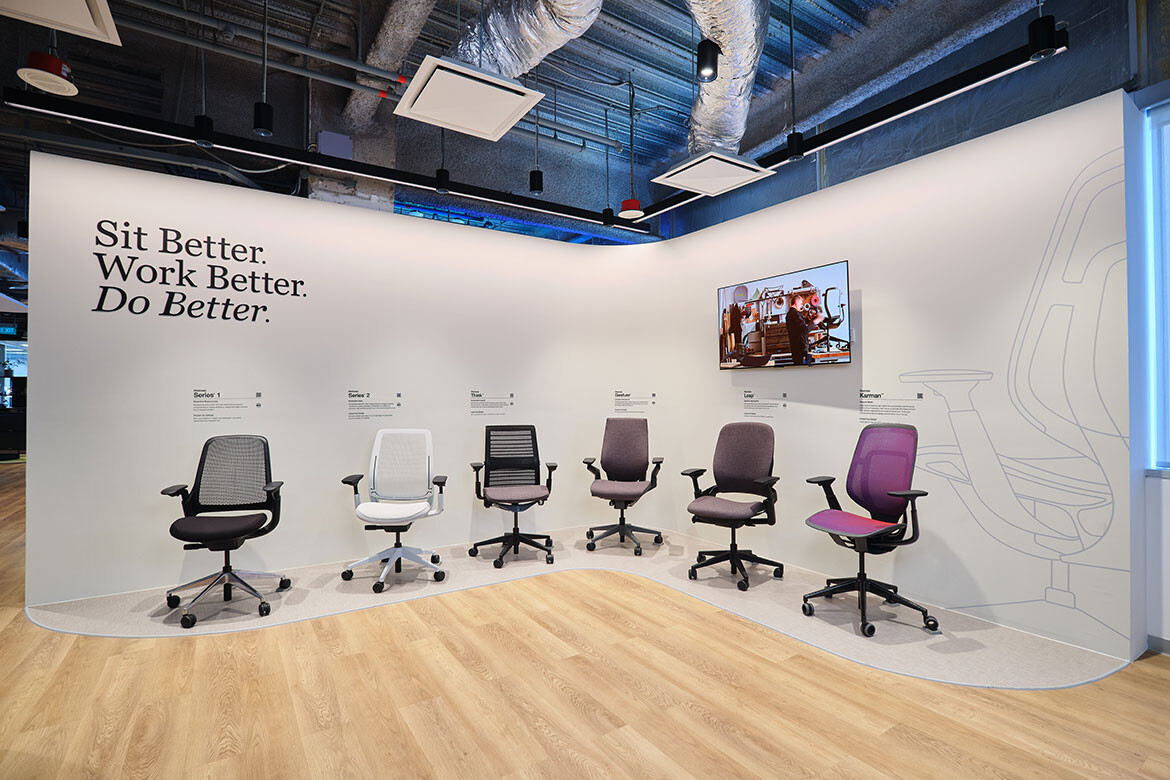
Then there’s sustainability, no longer a ‘nice-to-have’ according to Shergill. “You have to decide solutions that keep that as a design principal almost in view. It could mean, of course, that at a product level, you have to make certain responsible choices. But then also in how you support spaces and how adaptive they are to reconfigure and grow, so that you don’t have to reinvest each time.”
On the final theme of wellbeing, she notes that – while not a new theme – “there’s more and more evidence to show that people are overwhelmed, finding it hard to balance work and life, especially younger generation.” The design question, then, becomes: “How do you create not just physical, but cognitive and emotional wellbeing, and spaces to keep people engaged and connected?”
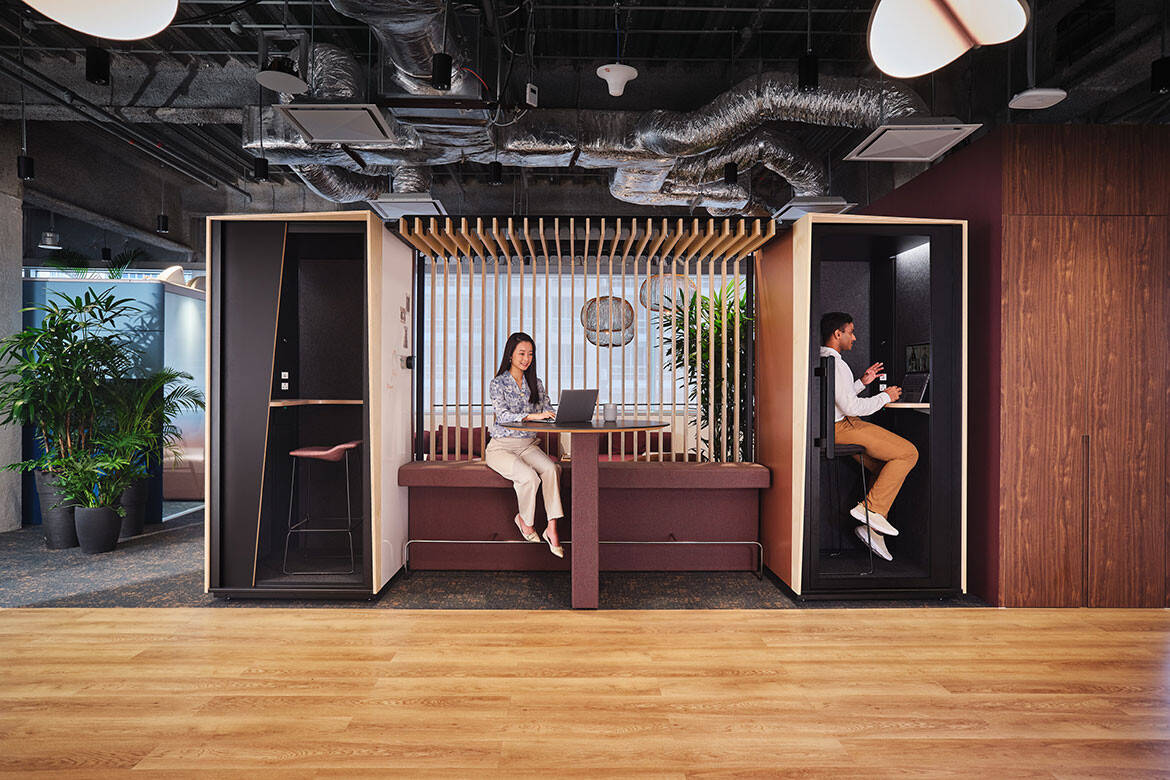
So, what does good design have to do with these questions of the changing world of work? “Everything,” answers Shergill emphatically. “It’s fundamental to how you might approach these things.”
In conclusion, Shergill says that “one of the big shifts we see is how the more progressive organisations really start to think about how design in the workplace can actually become a tool to create culture, reinforce your brand and build human connections in that place – because that’s when the magic starts to happen.”
Steelcase
steelcase.com
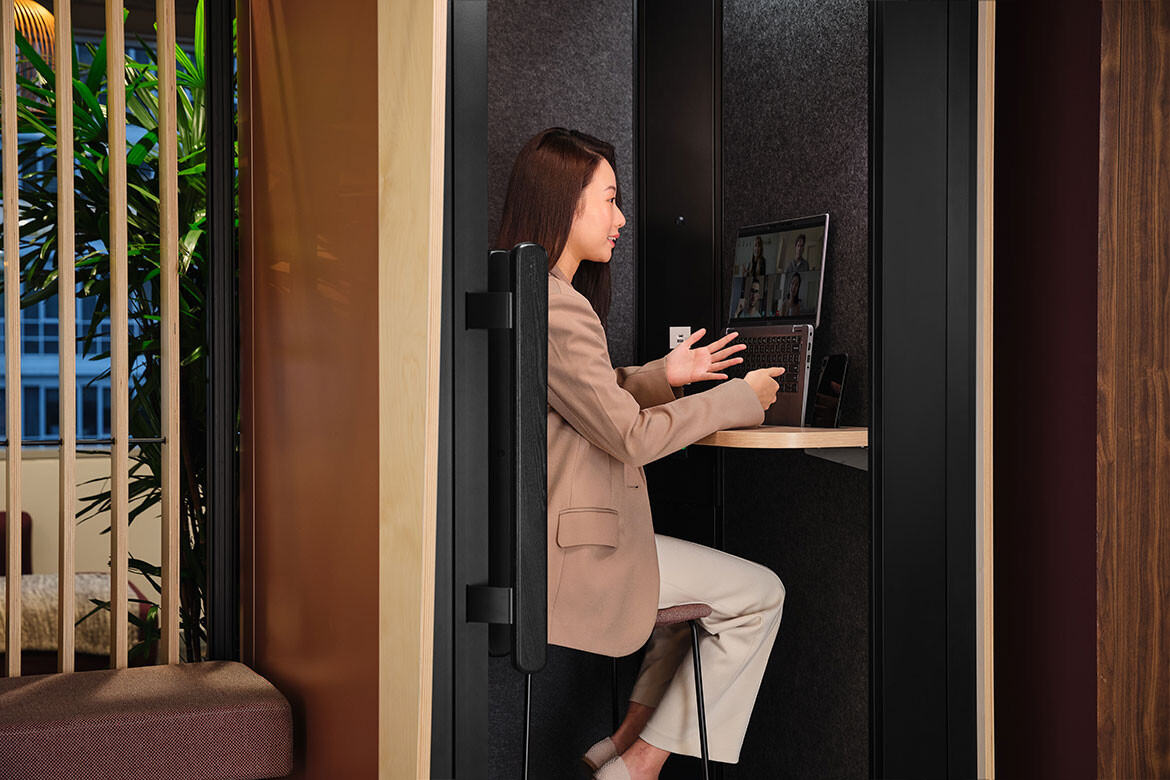
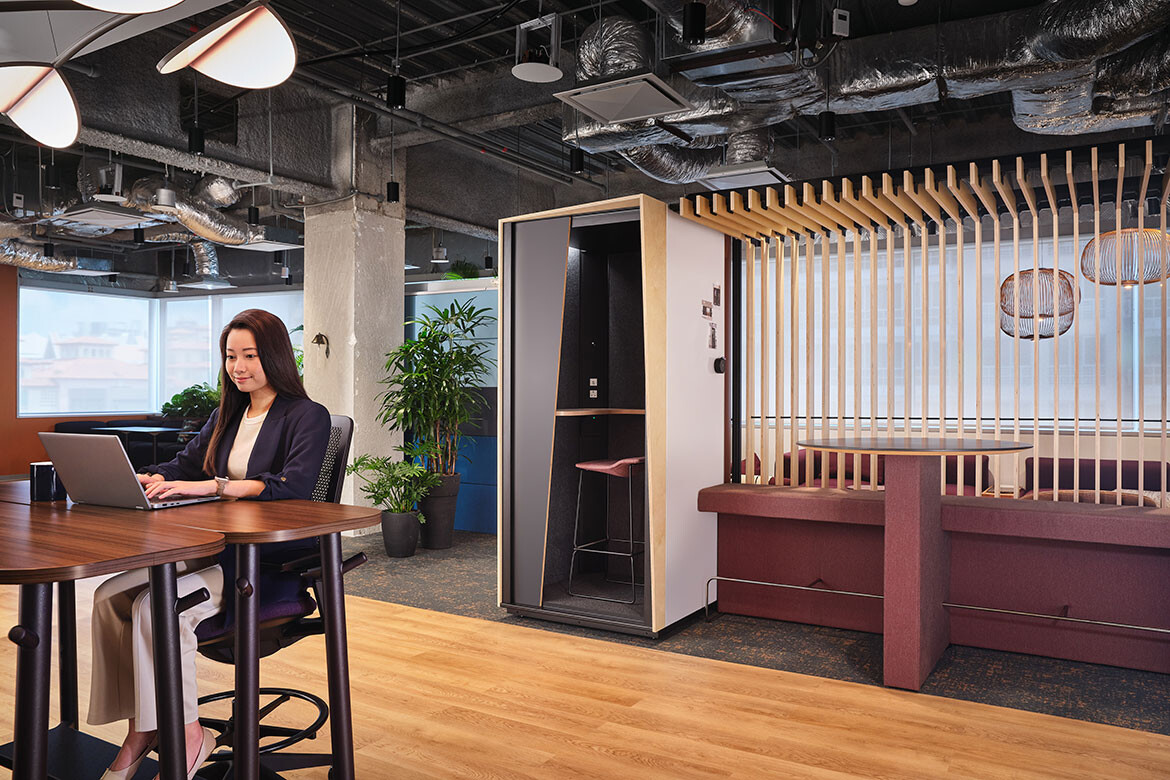
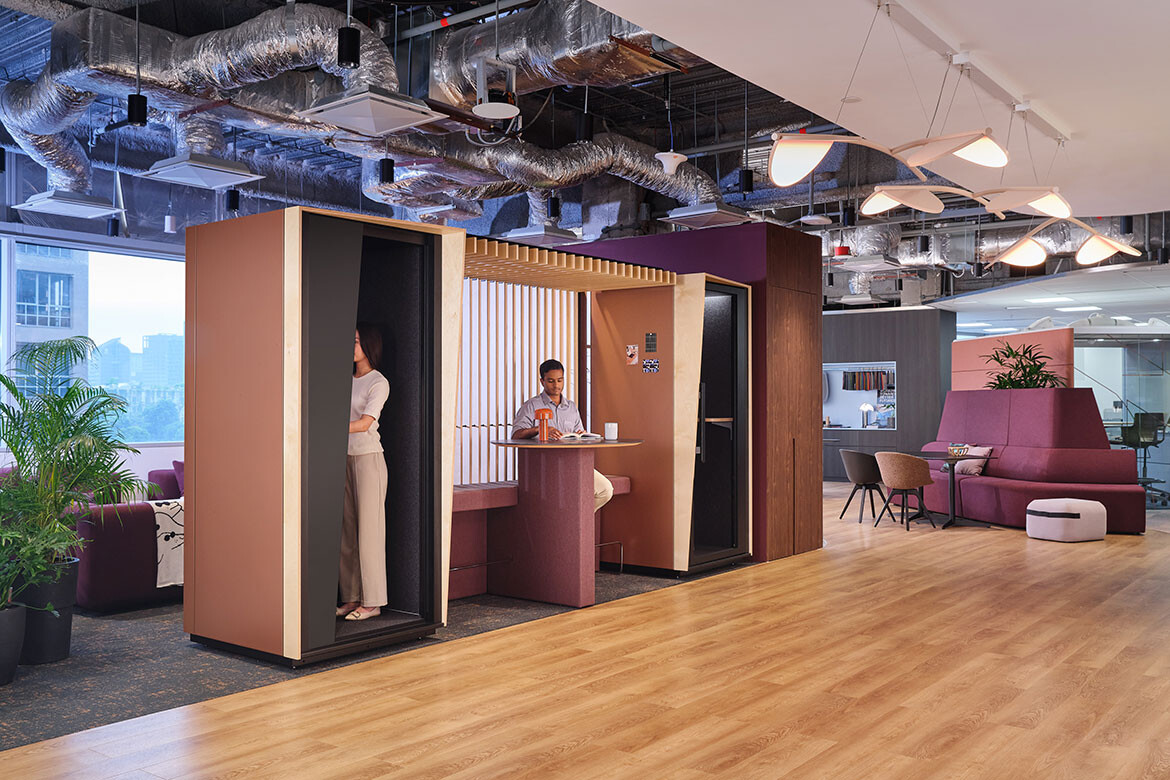
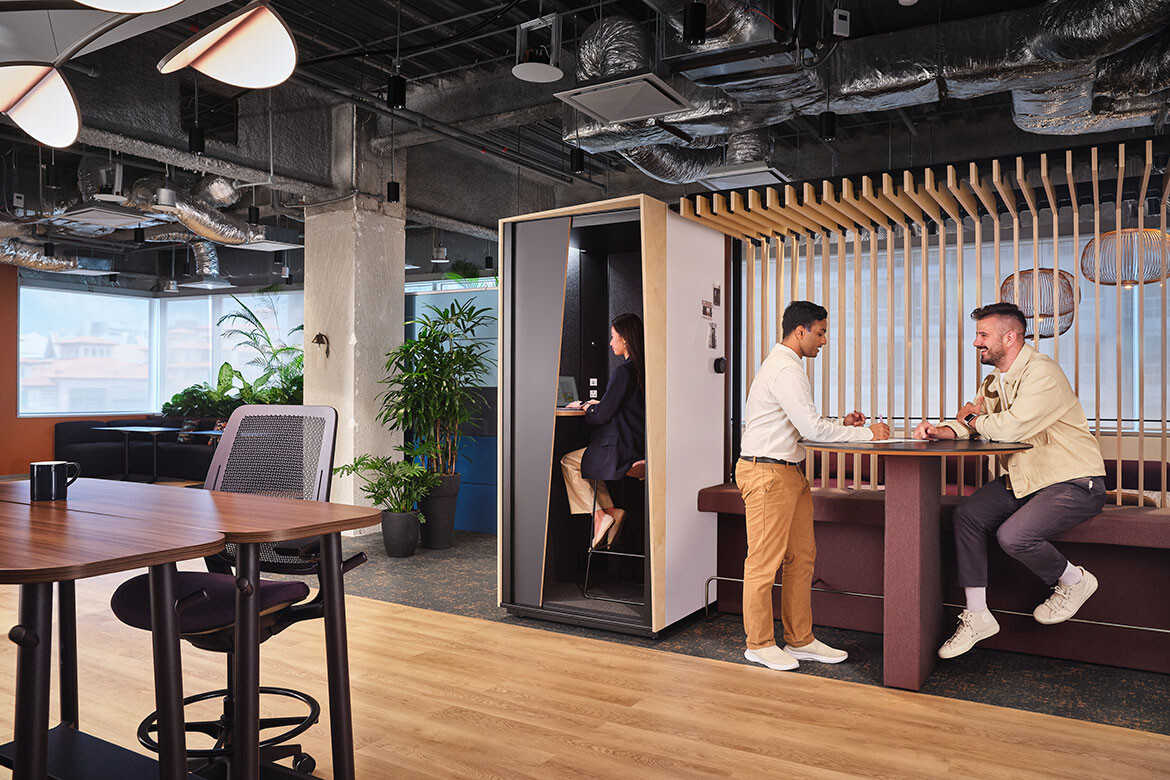
INDESIGN is on instagram
Follow @indesignlive
A searchable and comprehensive guide for specifying leading products and their suppliers
Keep up to date with the latest and greatest from our industry BFF's!
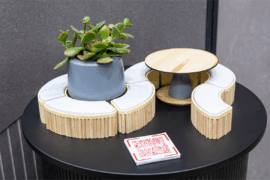
From the spark of an idea on the page to the launch of new pieces in a showroom is a journey every aspiring industrial and furnishing designer imagines making.

London-based design duo Raw Edges have joined forces with Established & Sons and Tongue & Groove to introduce Wall to Wall – a hand-stained, “living collection” that transforms parquet flooring into a canvas of colour, pattern, and possibility.
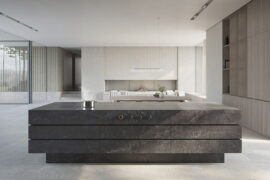
For those who appreciate form as much as function, Gaggenau’s latest induction innovation delivers sculpted precision and effortless flexibility, disappearing seamlessly into the surface when not in use.
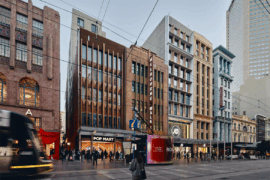
Merging two hotel identities in one landmark development, Hotel Indigo and Holiday Inn Little Collins capture the spirit of Melbourne through Buchan’s narrative-driven design – elevated by GROHE’s signature craftsmanship.
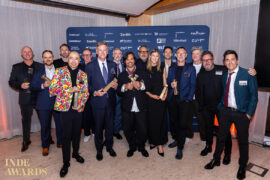
With the opening of the 2026 INDE.Awards program, now is the time to assess your projects, ensure photography is at hand and begin your submissions.

Director Farrokh Derakhshani joins STORIESINDESIGN podcast from Geneva to talk about the wide-ranging Aga Khan Award, which in 2025 awarded $1m to a series of winners with projects from China to Palestine.
The internet never sleeps! Here's the stuff you might have missed
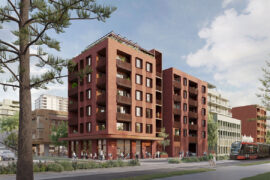
The Minns Labor Government has unveiled nine new architect-designed mid-rise apartment patterns, expanding the NSW Housing Pattern Book and accelerating the delivery of accessible, high-quality housing across the state.
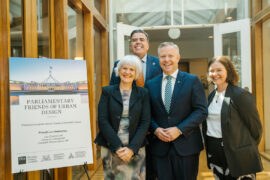
The Parliamentary Friends reconvened at Parliament House, uniting political and professional leaders to champion architecture and design.